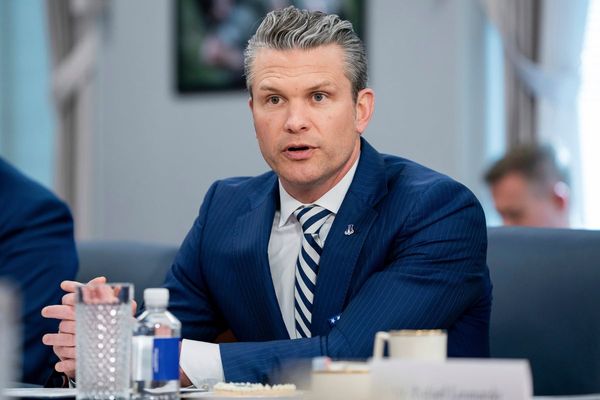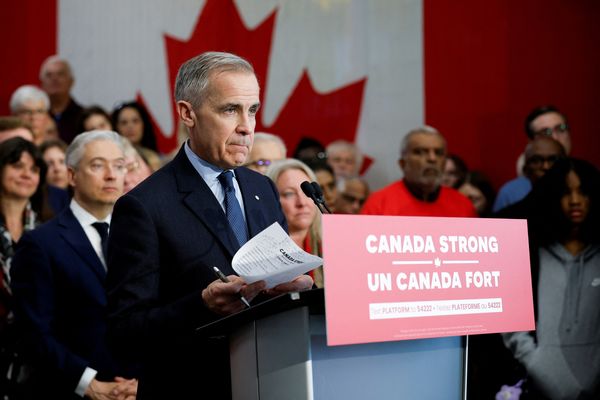
My parents instilled good values in me that I try to pass down to my kids. One of these values is thriftiness. When we were growing up, an attic fan cooled us off on warm summer evenings. We reserved the air conditioning for unbearably hot days. When we did run the air, we were sure to close the door behind us so that we didn’t cool off the neighborhood. My dad also seemed to have a sixth sense for detecting lights that didn’t need to be on. Paying attention to these details helped our family keep more of what we earned.
Vanguard founder Jack Bogle revolutionized the investment industry by getting investors to focus on the pernicious effect of costs on investment returns. I must have heard Bogle say, “You get what you don’t pay for” as often as I heard my dad ask me to turn off a light. Bogle’s understanding, backed by research, is why minimizing costs is one of the four Vanguard principles for investing success.
But for both households and investments, some costs are harder to see than others.
The investment costs you can see
The easiest costs to spot are explicit costs. For example, you typically pay a fee for buying or selling a fund or security over the phone. These costs are plain to see and can often be avoided by interacting online, just as you often are charged a convenience fee if you pay your utility bill over the phone as opposed to using autopay.
Other explicit costs require a bit of math. For example, mutual funds and exchange-traded funds (ETFs) charge an expense ratio, a fee that’s an annualized percentage of the assets in the fund, to cover its operating costs. Think of an expense ratio like your electric rate per kilowatt. If you invested $10,000 in an ETF with an expense ratio of 0.10%, you would pay roughly $10 in expenses for the year ($10,000 x 0.10% = $10).
Costs are the best predictors of future returns of funds with a similar investment strategy, according to research from Vanguard — but maybe not in the way you’d expect. The higher the average expense ratio, the lower the average return. The fund information you receive will show the expense ratio and total assets in your fund. Like interest, costs compound and can really add up over time.
The costs that are harder to spot
Then there are opaque costs, or costs that don’t show up on a statement or trade confirmation. An example of an opaque investment cost is the difference between the highest price a buyer is willing to pay and the lowest price a seller is willing to take, which is known as the spread. Unless you execute your trade at the midpoint of that spread, you will likely pay a little more for a security or get a little less from the sale than the market price. Some of that spread cost may be attributed to a “payment for order flow” — a practice where the brokerage essentially pockets a slice of your proceeds every time you trade. Most, but not all, brokerages accept payment for order flow.
Spread and payment for order flow costs are higher the more you trade; and they tend to be larger for securities that are less liquid, or harder to trade, and for riskier securities, such as options. Even if you use a zero-commission broker, you are likely paying these opaque costs. These costs are like having a leaky pipe or drafty window that unknowingly boosts your utility bill.
Some costs take a little more thought
The last set of costs are opportunity costs. They come from missed opportunities rather than explicit or implicit charges. For example, the yield on cash sitting in your brokerage account, bank savings account or bank certificate of deposit (CD) may be significantly less than what you could earn if you don’t shop around. Or you may not be taking full advantage of your 401(k) match if your company offers one.
If you have a long-term investment goal and you have the ability to tolerate inevitable ups and downs, not being fully invested in stocks and bonds may create big opportunity costs. It’s like sticking with your current utility company when you could switch to one that costs less or more closely matches your needs and values.
Costs matter for investing and savings success — the ones you see, the ones you don’t, and those missed opportunities. You can’t control the markets or interest rates, but you can control the costs you pay. Every time my children excitedly share when they score a deal, pay off their credit card in full to avoid interest, or turn off a light, I couldn't be prouder.
Note: All investing is subject to risk, including the possible loss of the money you invest.







